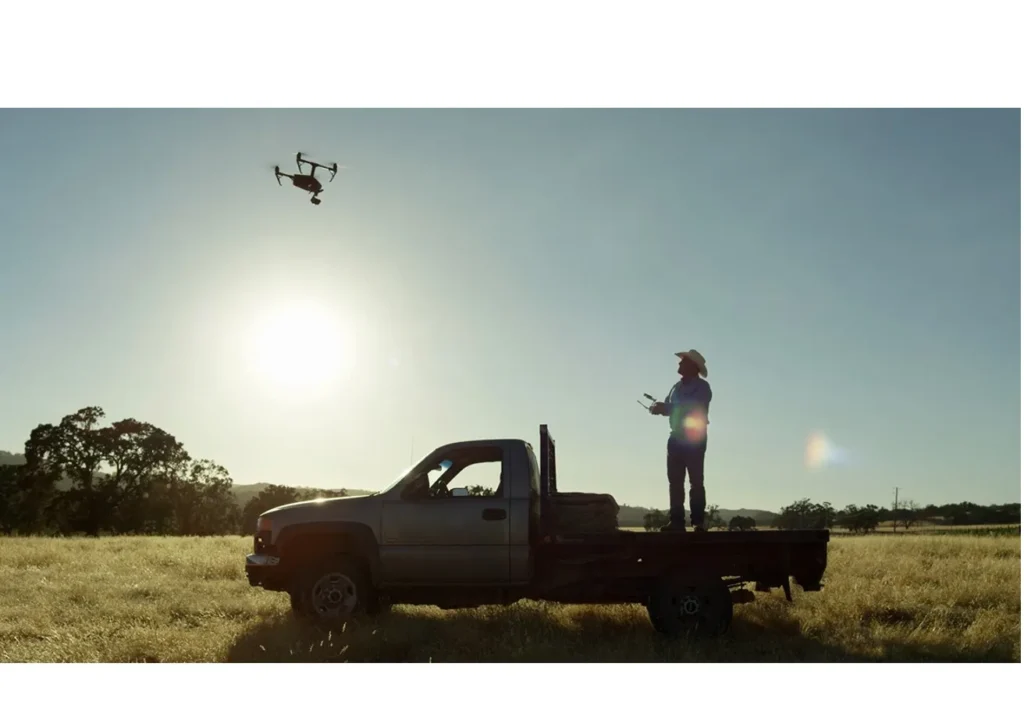Read the full report, here.
By 9H Interns Zach Nelson & Ryan Tempel
Funded by the 9H Research Foundation, The University of Wyoming (UW) College of Engineering and Physical Sciences (CEPS), UW’s Wyoming Geographic Information Science Center (WyGISC), UW’s College of Agriculture, Life Sciences & Natural Resources (Ag), the Wold Foundation, the 9H Ranch, and BeeFree Agro.
Executive Summary
 Drones are uniquely suited to applications in farming and ranching due to the distances and rough terrain that ranchers must cover to do basic maintenance and checks on infrastructure. The last decade of development has made drones a viable tool to streamline ranch operations. The autonomous drone software, BeeFree Agro, was tested on the 9H Ranch outside of Laramie, Wyoming. The software tested three main use cases: cattle counting, infrastructure checks, and fence line checks. The tests found that the infrastructure checks worked very well, that there was room for improvement in the computer vision cattle counting program, and that the fence line flying program wasn’t effective. The 9H Ranch’s uniquely flat topography results in limited benefits from this drone system. However, there are many ranches with rougher, more jagged, more isolated terrain that would see some benefit. Lastly, we noted that certain factors, such as the local topology and ecology, cellphone and Wi-Fi connectivity, and what chores need to be done in the field, play a key role in determining the viability of this drone system.
Drones are uniquely suited to applications in farming and ranching due to the distances and rough terrain that ranchers must cover to do basic maintenance and checks on infrastructure. The last decade of development has made drones a viable tool to streamline ranch operations. The autonomous drone software, BeeFree Agro, was tested on the 9H Ranch outside of Laramie, Wyoming. The software tested three main use cases: cattle counting, infrastructure checks, and fence line checks. The tests found that the infrastructure checks worked very well, that there was room for improvement in the computer vision cattle counting program, and that the fence line flying program wasn’t effective. The 9H Ranch’s uniquely flat topography results in limited benefits from this drone system. However, there are many ranches with rougher, more jagged, more isolated terrain that would see some benefit. Lastly, we noted that certain factors, such as the local topology and ecology, cellphone and Wi-Fi connectivity, and what chores need to be done in the field, play a key role in determining the viability of this drone system.
